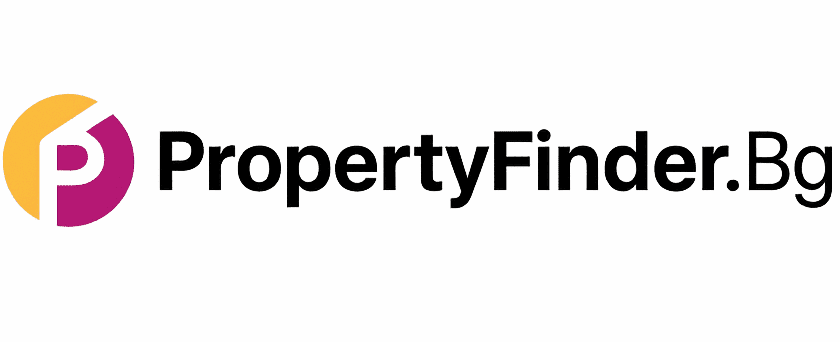Content
Introduction: the key choice for every landlord
Every investment property owner faces a fundamental choice: to rent it out long-term, to turn it into a short-stay tourist asset, or to find a balance somewhere in between? The answer is not clear-cut and depends on your goals, risk tolerance and willingness to commit. This guide will walk you through the advantages and disadvantages of short, long and medium term rentals so you can build the most profitable strategy for your property.
1. The two poles: short-term vs. long-term rental
Long-term rental: the fortress of predictability
- Advantages: the main advantage is the stable and predictable monthly income. Having one tenant for a year or more means less turnover, lower advertising costs and easier budgeting. Banks also look at this type of income with a better eye when applying for refinancing or a new loan.
- Cons: The potential yield is lower compared to a successful short-term rental. In addition, you are “tied” to one tenant and if that tenant proves to be problematic, the termination process can be long and complicated.
Short Term Rent: High highs and deep lows
- Advantages: profit potential is significantly higher. In strong tourist months or during major events, you can generate income per week equal to the monthly rent from a long-term rental.
- Cons: Income is highly dependent on season, occupancy and market conditions. You have void periods which generate losses. Also, regulatory challenges and restrictions (such as a limit on the number of nights per year in some cities) are becoming more common.
2. Medium-term rent: The golden mean
Between the two poles lies an increasingly popular niche – the mid-term rental. These are stays that typically last from one to six months.
Who is the tenant in a medium-term lease?
This segment serves a specific group of customers who are neither tourists nor permanent residents. Typical examples are:
- Corporate clients: employees on secondment or on a temporary project.
- Digital nomads: professionals who work remotely and settle in a city for a few months.
- Students: participants in exchange programmes or internships.
- People in Transition: Families who are renovating their primary home or moving to a new city and looking for temporary housing.
Advantages and disadvantages
- Advantages: medium-term rent offers higher income than long-term rent, but with greater stability and less wear and tear on the property than short-term rent. You have less communication and cleaning work than with tourists.
- Cons: Finding a steady stream of mid-term tenants can be more of a challenge. This market is smaller and requires more targeted marketing.
3. Management, pricing and financing
Management and service
- Short Term Rental: This is an active business. It requires constant management of bookings on platforms like Airbnb and Booking.com, communication with guests, and professional cleaning after each stay.
- Medium and long-term rent: Management is significantly more passive. Once you find a tenant, your commitments are limited to collecting rent and responding to maintenance needs.
Pricing
- Short Term Rental: The key to success is dynamic pricing. Prices are constantly adjusted according to the season, days of the week, holidays and local events.
- Medium and long-term rent: The price is usually a fixed monthly rate, which provides predictability.
Funding
- Short-term rent: Due to uncertain income, banks are more skeptical. Investors often rely on more expensive but faster loans such as “hard money loans“ or “bridge loans“.
- Long and medium term rent: Stable income is preferred by banks, giving you access to standard mortgages with better terms.
Conclusion: hybrid strategy – the best of all three worlds
So which strategy should you choose? Increasingly, the answer is not “one of the three”, but “a combination of the three”. The hybrid model is a flexible strategy that combines short, medium and sometimes even long-term rentals to maximise occupancy and profitability throughout the year.
How does the hybrid model work in practice?
Imagine running your property like a “faucet” that you turn on and off according to season and demand:
- Summer (peak season): You rent out the property to tourists via Airbnb or Booking.com at high prices to take advantage of maximum demand.
- Autumn and spring (shoulder season): switch to mid-term rentals. Offer the property to corporate clients, digital nomads or students for periods of 1 to 3 months. The price per night is lower than peak, but occupancy is guaranteed.
- Winter (low season): If tourist demand is low, you can find one tenant for the whole season (e.g. 3-4 months) or even consider a 6-month contract to ensure 100% occupancy and zero downtime.
This strategy requires active management and good knowledge of the local market, but offers the best balance between high income, stability and employment optimisation. It transforms your property from a passive asset into a dynamic business that adapts to changing conditions.
You might also like:
- How to buy a property in Spain remotely
- Dubai’s Smart Rent Index: How new technology is empowering tenants in 2025
- Airbnb in Dubai: short-term rental yields
This post is also available in: Български







